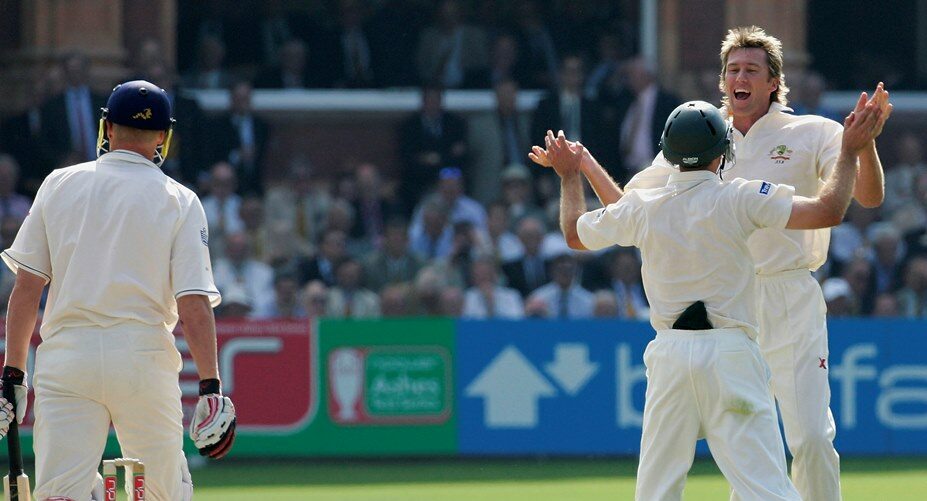By Derek Pringle
The pitch for the Lord’s Test between England and India was the last to be produced by Mick Hunt, the head groundsman for MCC. After 49 years of service you’d think he might go out with a bang with a terror track but knowing Mick he will produce a solid surface that will last well into the fourth day before it starts playing too many tricks.
Traditionally, Hunt’s surfaces have tended to favour bat over ball though not all bowlers have laboured there to little avail in the five-day format. One who excelled there was Glenn McGrath, his three Tests bringing an incredible 26 wickets at a staggering 11.5 runs per scalp.
In doing so, McGrath busted a few myths about which kind of bowling best suits Lord’s, though as ever, the infinite variety of cricket, especially with regard to the ever-changing conditions of pitch, atmosphere, ball and the players’ mental and physical states, makes any such generalisations risky.
Nevertheless, since the Nineties the received wisdom is that swing bowlers tend to do most damage at Lord’s, something borne out by some excellent exhibitions of the swinger’s art by James Anderson, Ian Botham and Dion Nash. Of course, even they were in thrall to Bob Massie whose 16 wickets against England at Lord’s in 1972 remains the high water mark for swing bowling everywhere.
Swing, though, is a mercurial will o’ the wisp thing that is here one minute gone the next, its presence, or not, resting on a complex interplay of ball, atmospherics, the angle of the seam and by extension the precision of a bowler’s wrist and fingers during delivery. Basically, there is a lot that can go wrong which is why McGrath opted for the more foolproof method of hammering the ball down on a good length, mostly from the Pavilion End, and letting the Lord’s slope and the in-built paranoia within most batsmen to do the rest.
McGrath once said that he did not want to swing the ball or indeed move it off the seam very much, as he wanted to find the edge of the bat and not to miss it.
In a study done by Nathan Leamon, the England cricket team’s lead analyst, McGrath concentrated on pitching the ball on a length about 19 to 26 feet from the batsman, what is generally accepted as a ‘good length’ for bowlers between 80-85mph like him.
Being tall and metronomic allowed McGrath to hit the seam regularly and, on occasion, to get extra bounce. The first skill enabled him to move the odd ball down the slope, sharply, which brought into play lbw and bowled, while the latter helped to probe the edge of those balls which stayed up the slope.
His unerring good length, over 58 per cent of his deliveries probed this elongated rectangle of pitch (the line was mainly on or just outside off-stump), also meant batsmen received few easy scoring options off him, which further added to their anxiety levels.















